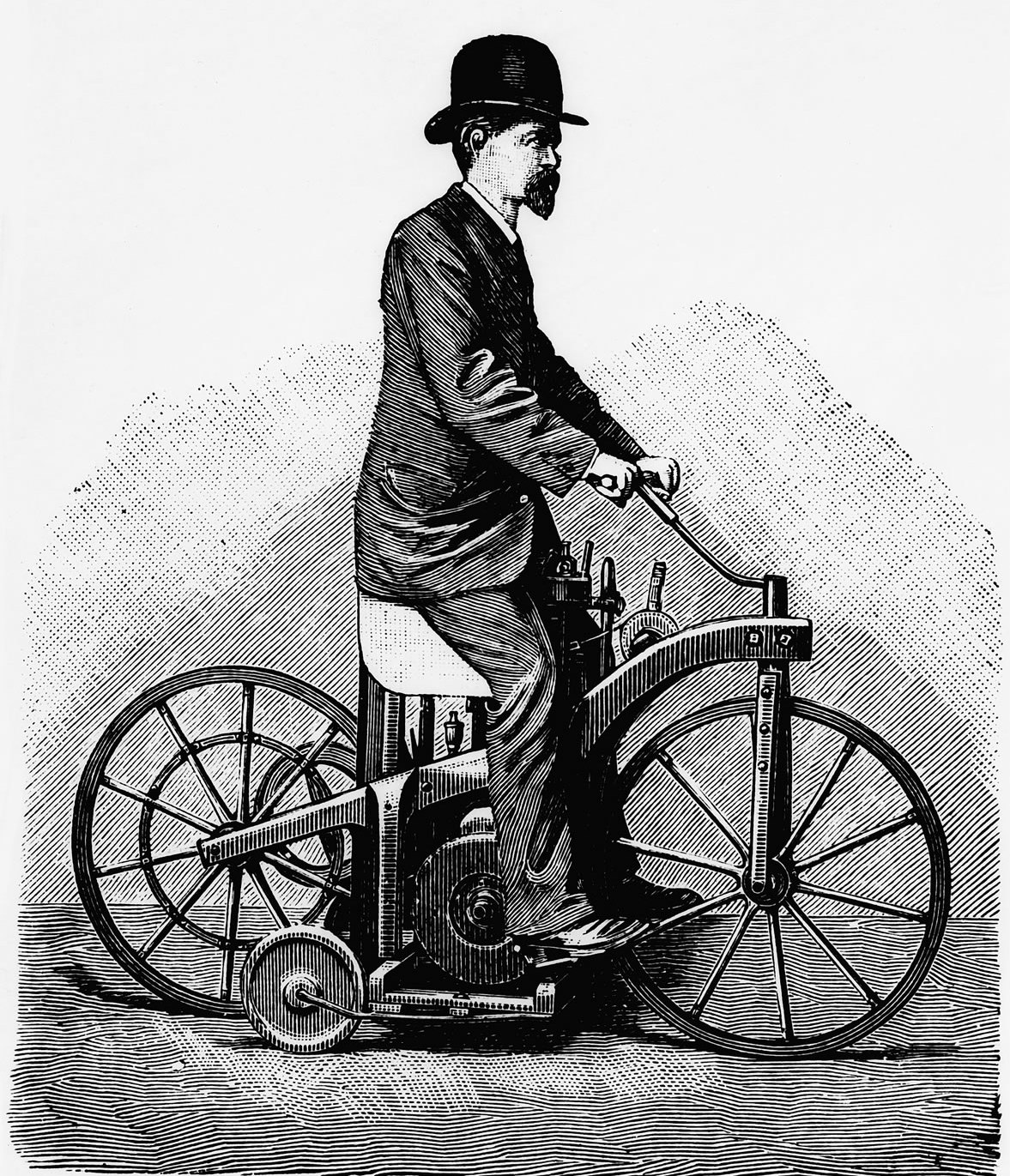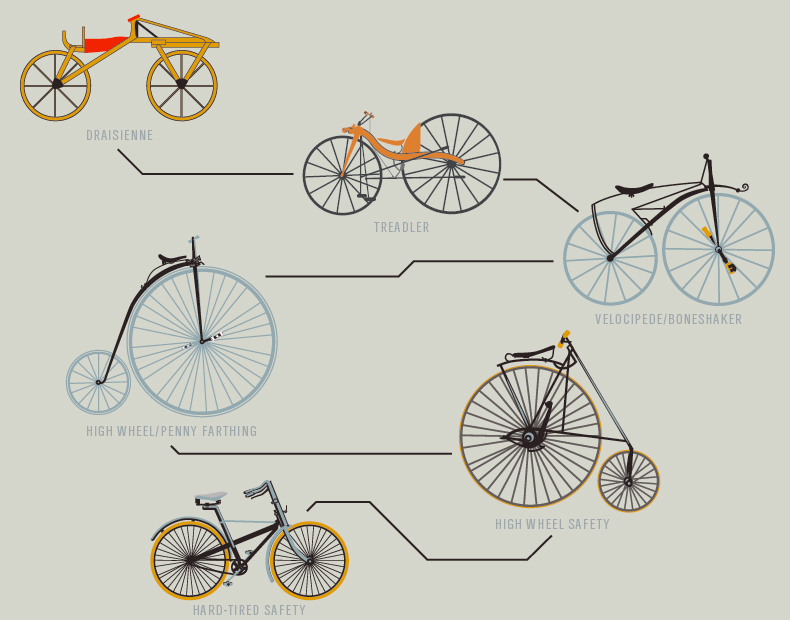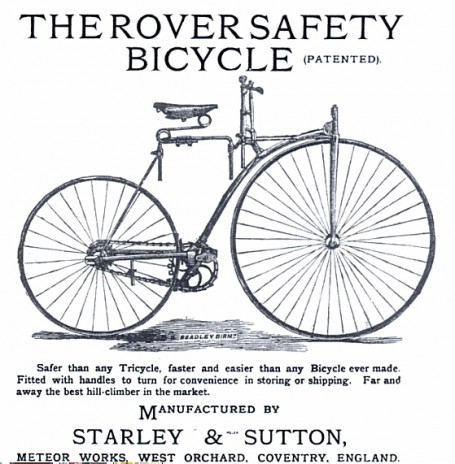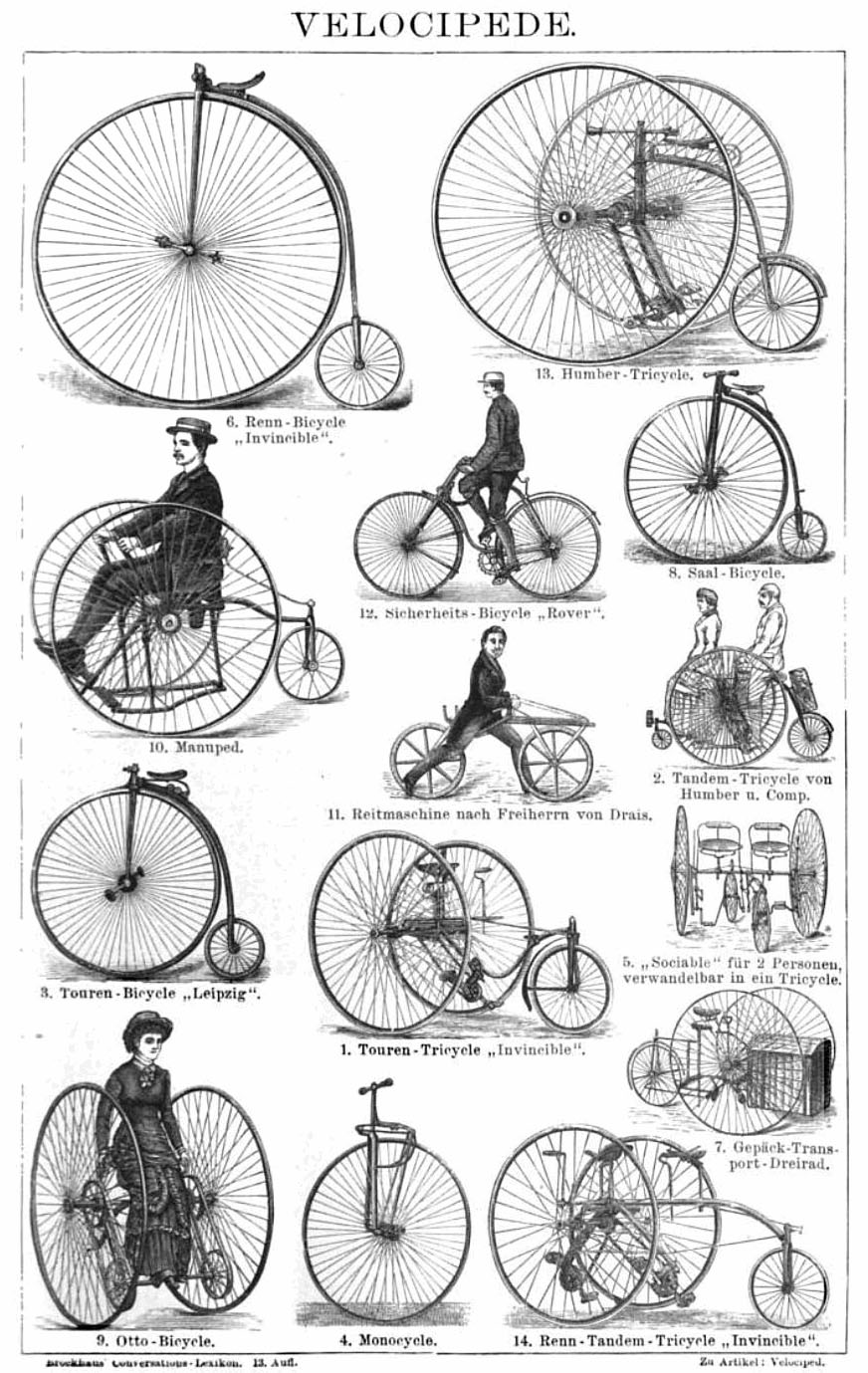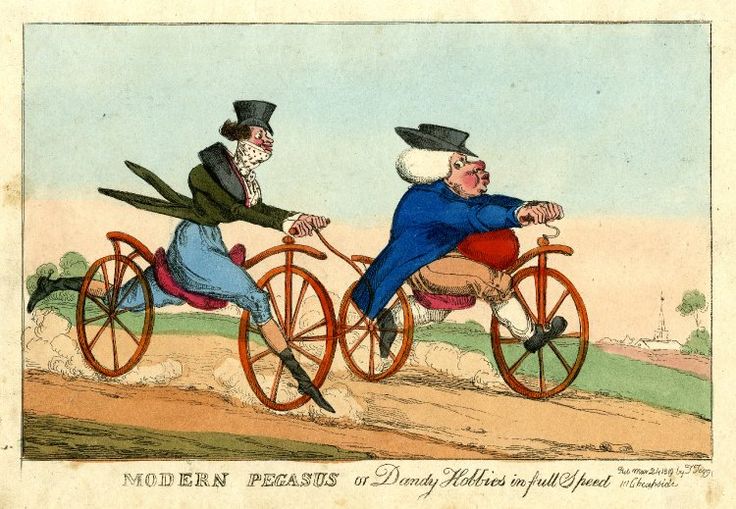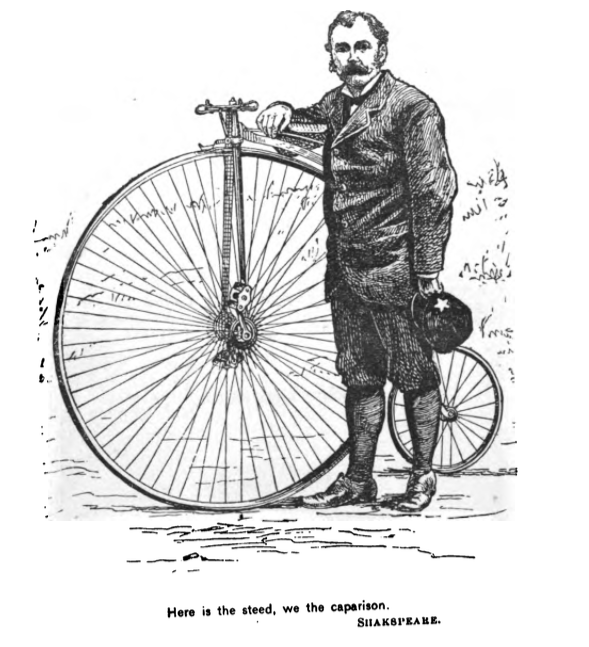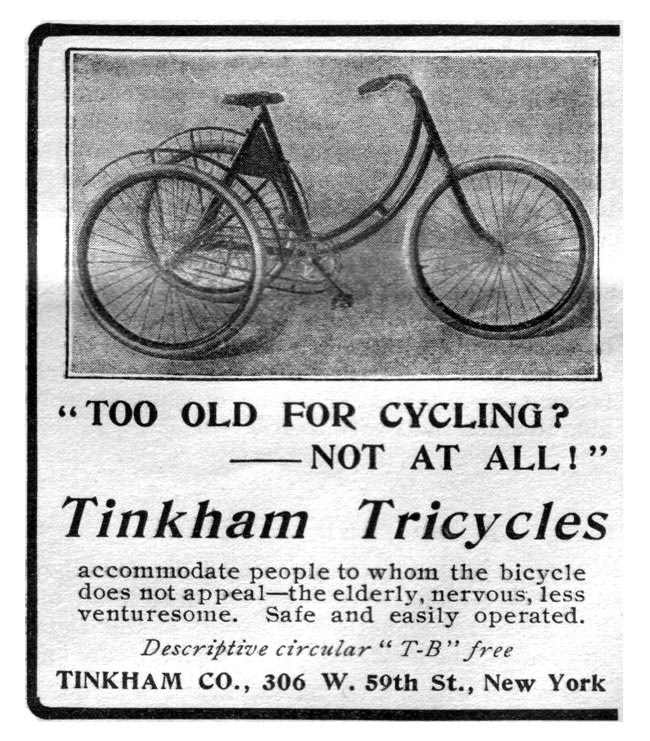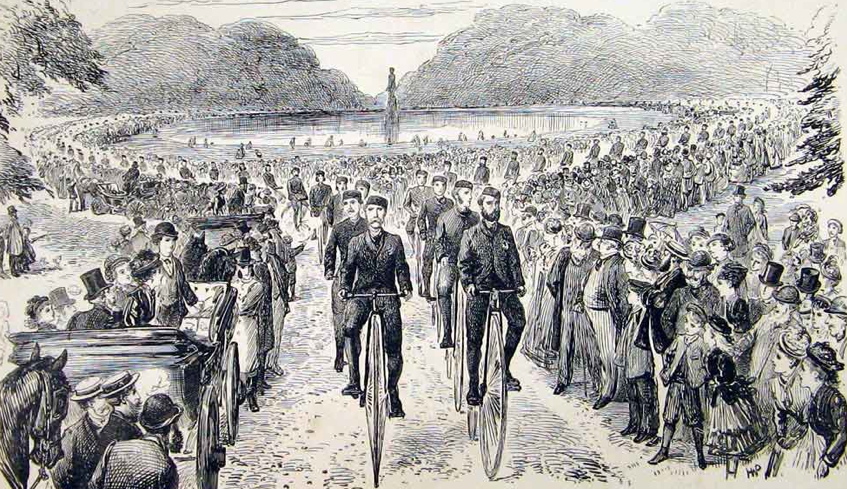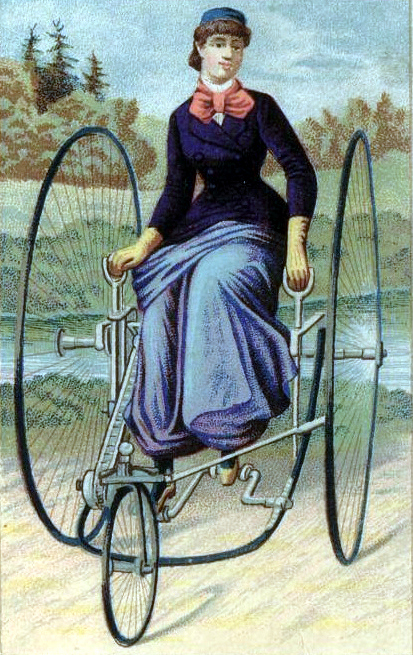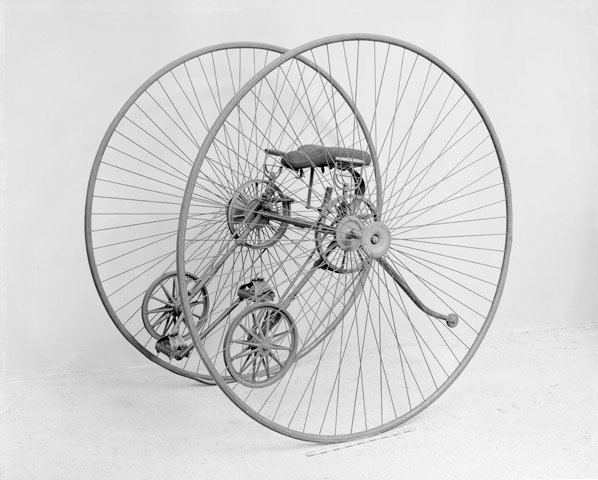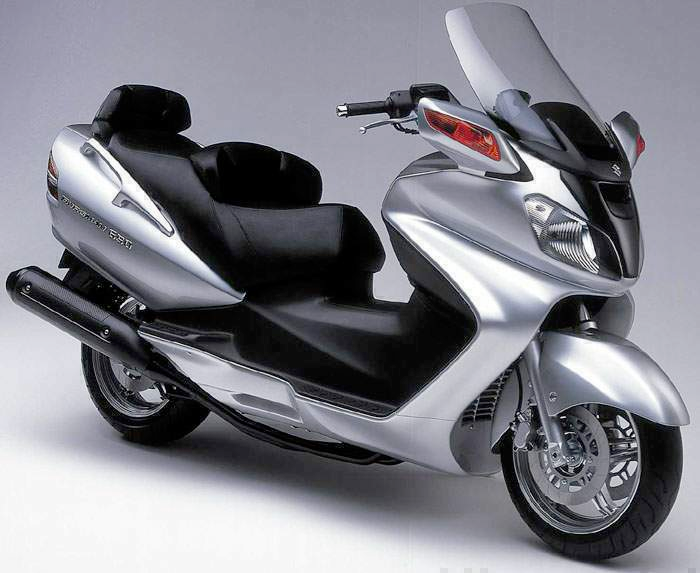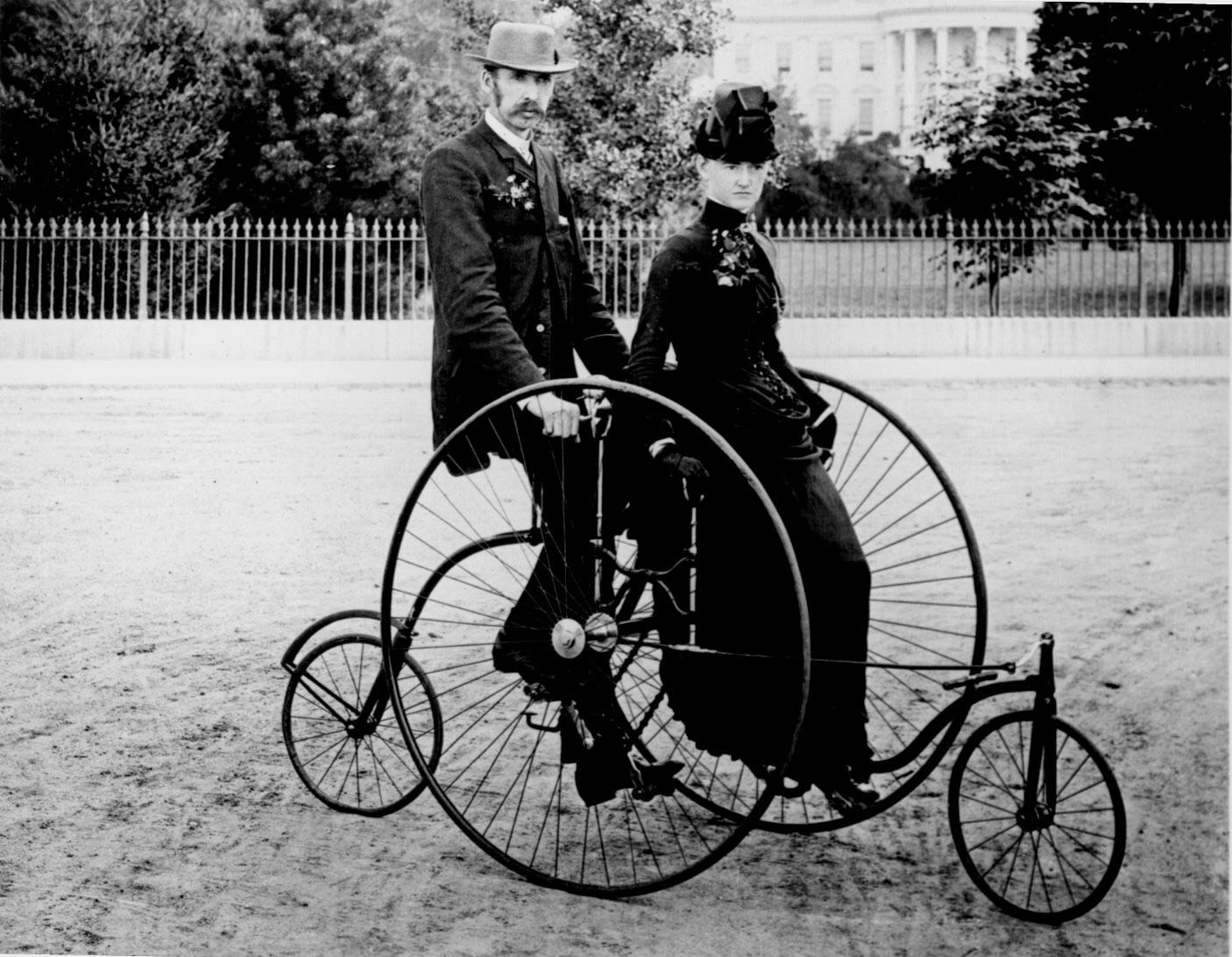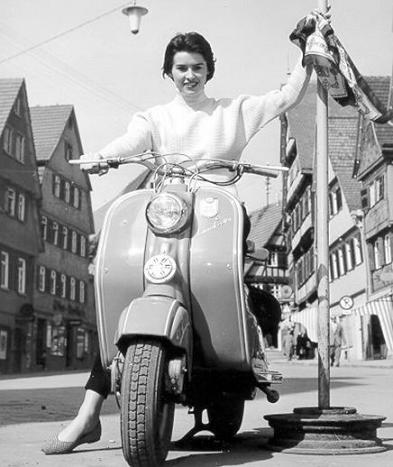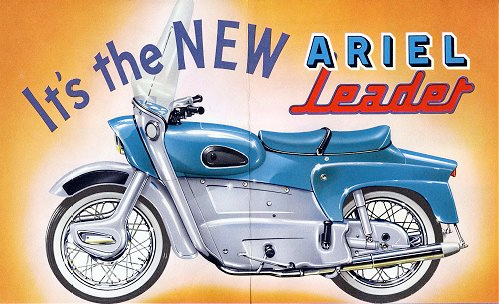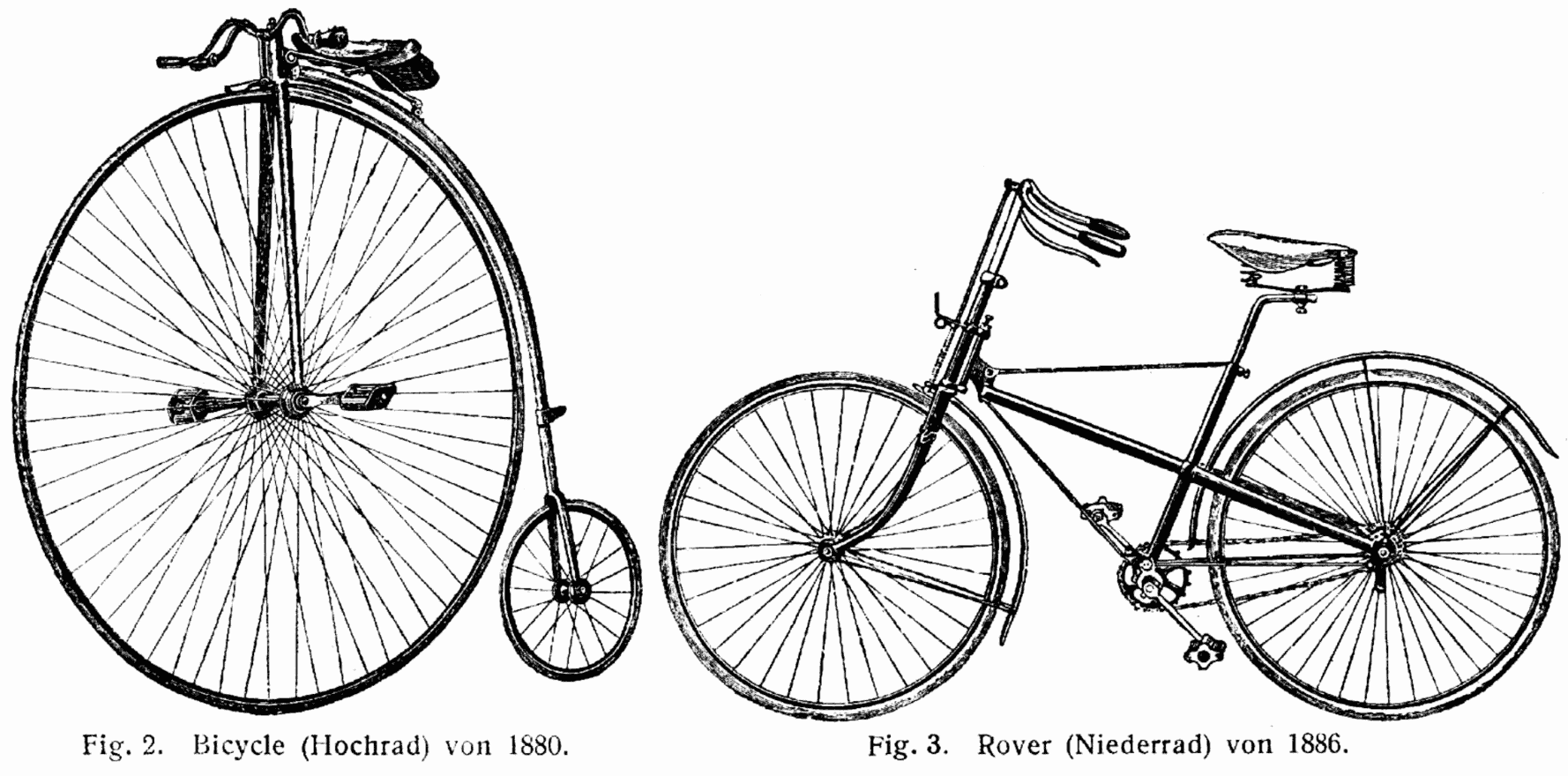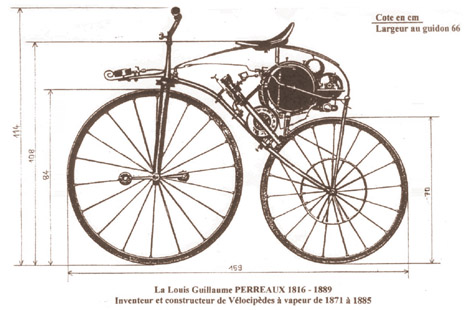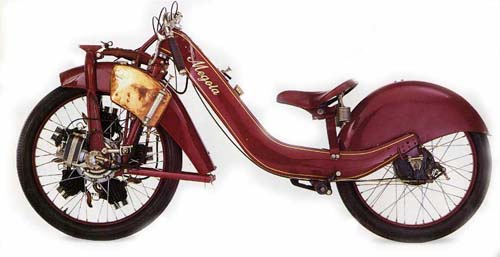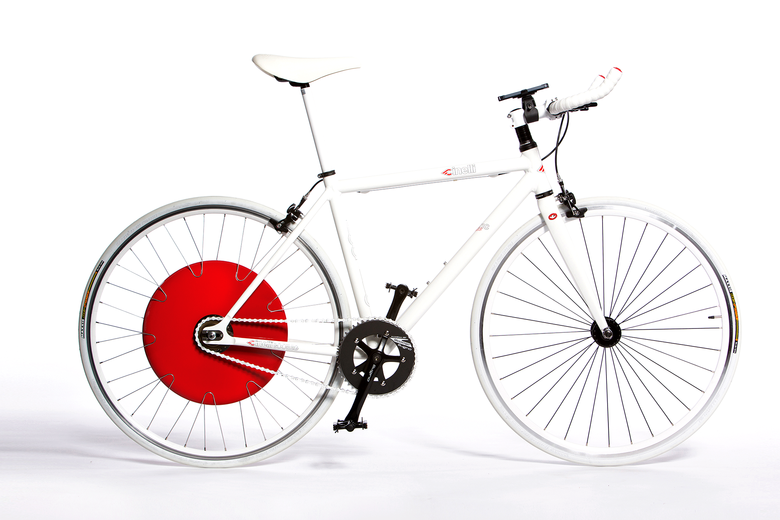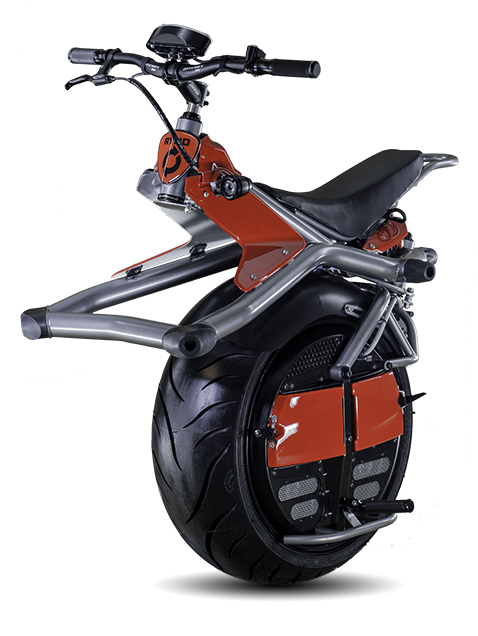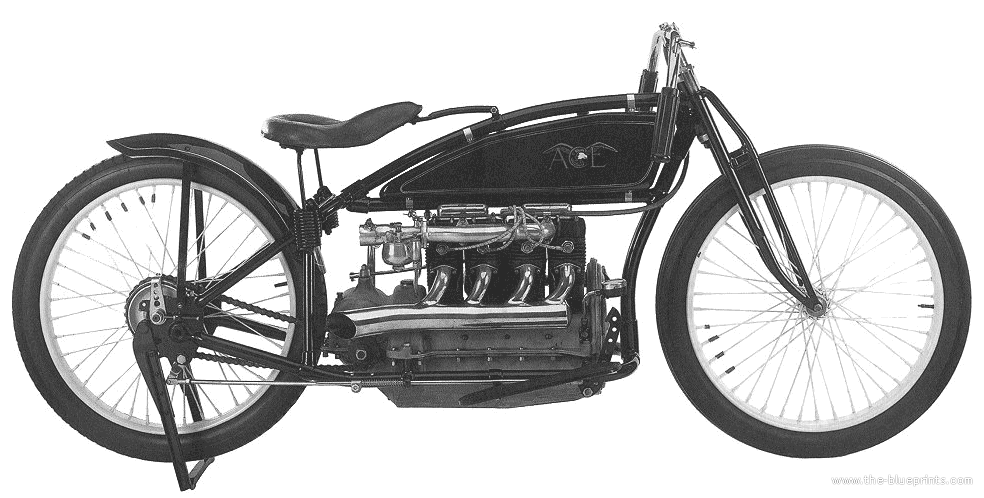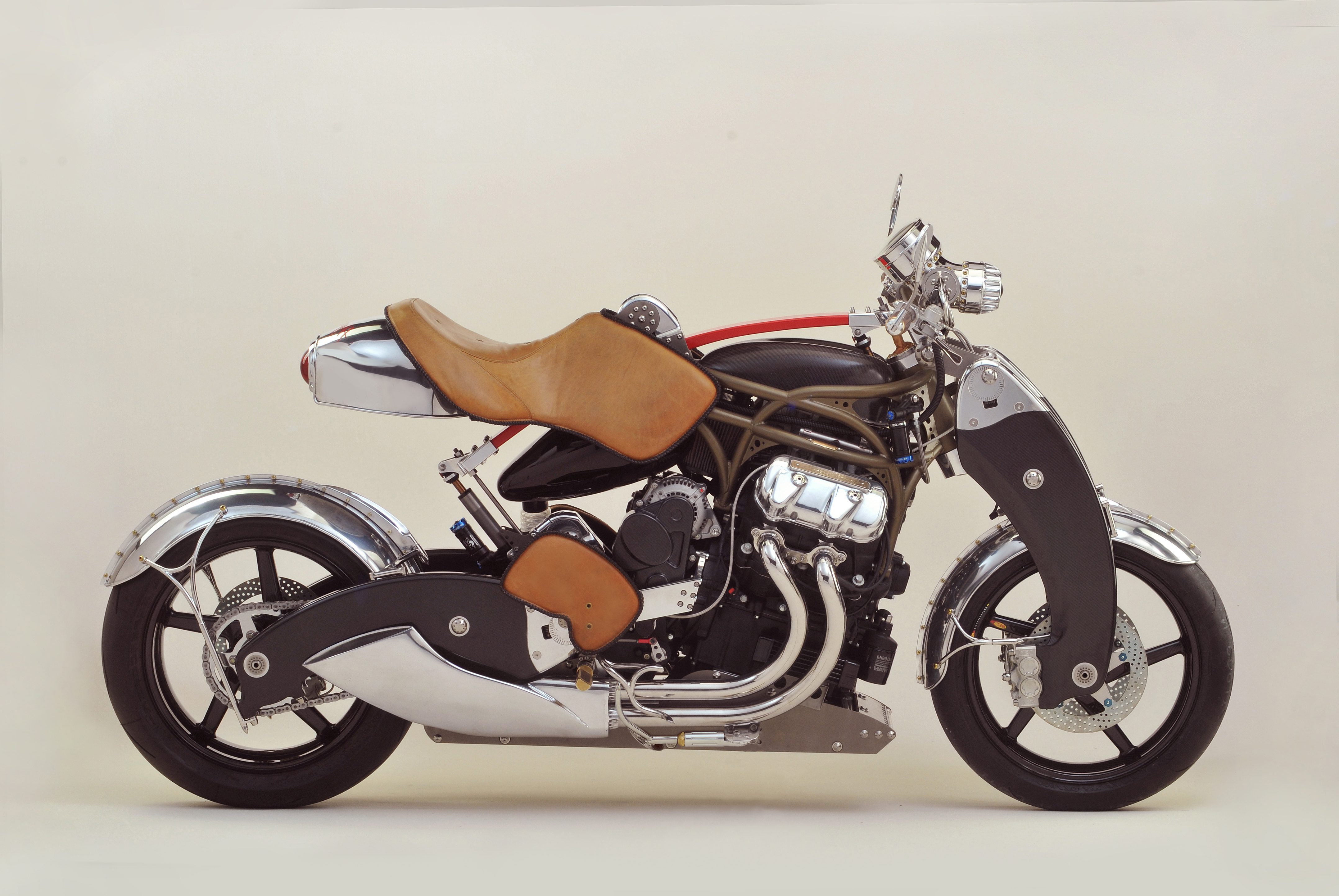The "Einspur," generally credited as the first motorcycle, 1885.
"The Evolution of the Bicycle"
This poster shows the typical evolinear model of bicycle design.
The Rover “Safety” bicycle, introduced at the annual cycle industry exhibition, the Stanley Show, in London, 1885.
Just one illustration of the array of alternative bicycle designs in the late 1880s.
"Modern Pegasus"
This 1819 caricature by Wiliam Heath mocks speeding dandies on their hobby "horses."
“Man is the animal which rides,” pronounced Charles Pratt in the opening to The American Bicycler (1879), pictured here with his “steed.”
The bicyclist and motorcyclist retain the equestrian riding position, sitting upright on the "saddle" midway between front and rear.
Ads associated tricycles with age and debility.
Wealthy, young males on their Ordinaries at Hampton Court, 1877.
By the late 1880s, tricycles became identified with women.
Edward C. F. Otto's dicycle offered a safer alternative to the Ordinary.
Suzuki's Burgman: "Scooter on the outside, Sportbike on the inside."
A "domestic" arrangement on four wheels.
Motorcycles:scooters = men:women.
The 1958 Ariel Leader with its "vestigal" tank showing the persistence of "type form."
The Safety bicycle, rather than the Ordinary, established the "type form" of two-wheeled vehicles.
Louis Perreaux created a metal velocipede with a steam engine in 1871.
The 1920 Megola placed a rotary engine in the motorycle's front wheel.
The Zero, with its electric motor, is indistinguishable from a gasoline-powered sport bike.
The Copenhagen Wheel discreetly adds a motor to any bicycle.
The Ryno, a modern unicycle unfettered by associations with witches' brooms.
The 1923 Ace XP4, the motorcycle that inspired J.T. Nesbitt's Bienville Legacy.
